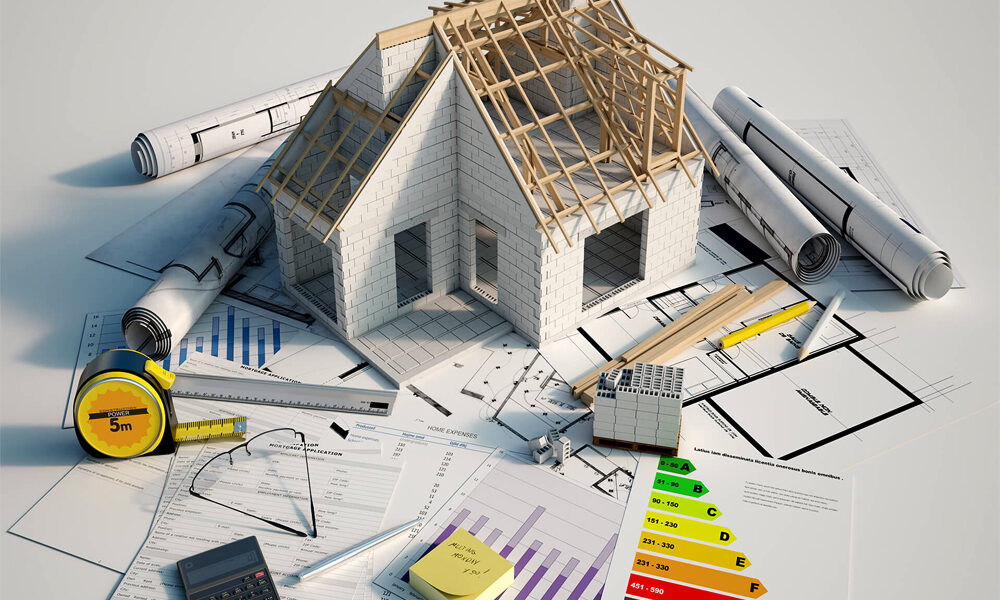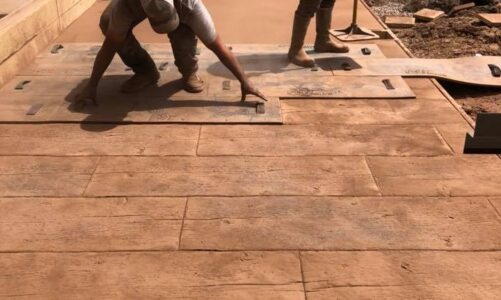Due to their vast scale and complexity, stadium construction projects demand meticulous planning and budgeting. The growing need for modern and expansive facilities intensifies these financial pressures. As developers and contractors seek innovative solutions to manage expenses, geofoam solutions have gained traction. This lightweight, engineered material presents a promising approach to address financial challenges inherent in large-scale construction. Geofoam’s properties streamline various construction processes, helping stakeholders make decisions that optimize time and budget. Stadium projects can achieve significant cost savings by leveraging geofoam without compromising quality or structural integrity.
Understanding geofoam technology
Geofoam is a lightweight, engineered material composed primarily of expanded polystyrene. Known for its low density and high compressive strength, geofoam is versatile and durable. Traditionally used for soil stabilization, road embankments, and insulation, geofoam is now finding a niche in stadium construction. Its properties make it ideal for filling voids, leveling uneven ground, and providing stable support while reducing the load on underlying structures.
Benefits of geofoam in stadium seating
Geofoam’s lightweight nature reduces the need for deep and costly foundations, easing the overall structural burden. Its ease of installation translates to substantial time savings, as the material can be cut and shaped on-site, allowing for faster assembly. This efficiency contributes to a more streamlined construction process, potentially shortening the timeline. Additionally, geofoam’s high compressive strength ensures stable and durable seating foundations, crucial for accommodating large crowds. Its versatility also allows for creative design solutions, such as terracing and tiered seating, enhancing the spectator experience. These advantages make geofoam a valuable material for modern stadium construction.
Cost reduction with geofoam
Geofoam offers notable financial benefits for stadium construction projects. Its lightweight properties translate to lower transportation and handling costs than traditional fill materials. The ease of cutting and shaping geofoam on-site further reduces labor expenses and accelerates installation, allowing for a more efficient construction timeline. Additionally, geofoam’s minimal need for heavy machinery reduces equipment rental and maintenance costs. The material’s high compressive strength ensures that fewer resources are needed for reinforcement, thereby decreasing overall material expenses. These combined factors contribute to a more economical construction process, making geofoam an advantageous choice for budget-conscious stadium projects.
Potential challenges and solutions
Using geofoam in stadium construction presents some challenges that require careful attention. One primary concern is selecting the correct type and density of geofoam to ensure optimal performance and stability. Incorrect selection can lead to issues such as structural weakness or settlement problems. To address this, thorough site analysis and consultation with geofoam experts are essential.
Another critical consideration is water drainage. Poor drainage can compromise the effectiveness of geofoam, leading to potential water damage or structural instability. Proper drainage system design and installation can mitigate these risks. Working with experienced engineers who can integrate effective water management solutions into the overall design is crucial.
Fire safety is another important factor. While geofoam is inherently resistant to moisture, it can be susceptible to fire if not properly treated. Utilizing fire-resistant coatings or integrating geofoam with other fire-resistant materials can enhance safety. Adhering to building codes and fire safety regulations is vital to protecting the structure and its occupants.
Collaboration among architects, engineers, and geofoam suppliers is critical for addressing these challenges. A well-coordinated team can develop tailored solutions that optimize the use of geofoam while mitigating potential risks. Advanced planning and ongoing communication can help identify and resolve issues early in the construction process, ensuring the successful implementation of geofoam in stadium projects.
Geofoam solutions for stadium seating projects have revolutionized developers’ approaches to construction costs and efficiency. Emerging innovations and techniques will likely improve geofoam’s adaptability and effectiveness, solidifying it as a cornerstone material in sustainable and cost-effective stadium projects.




